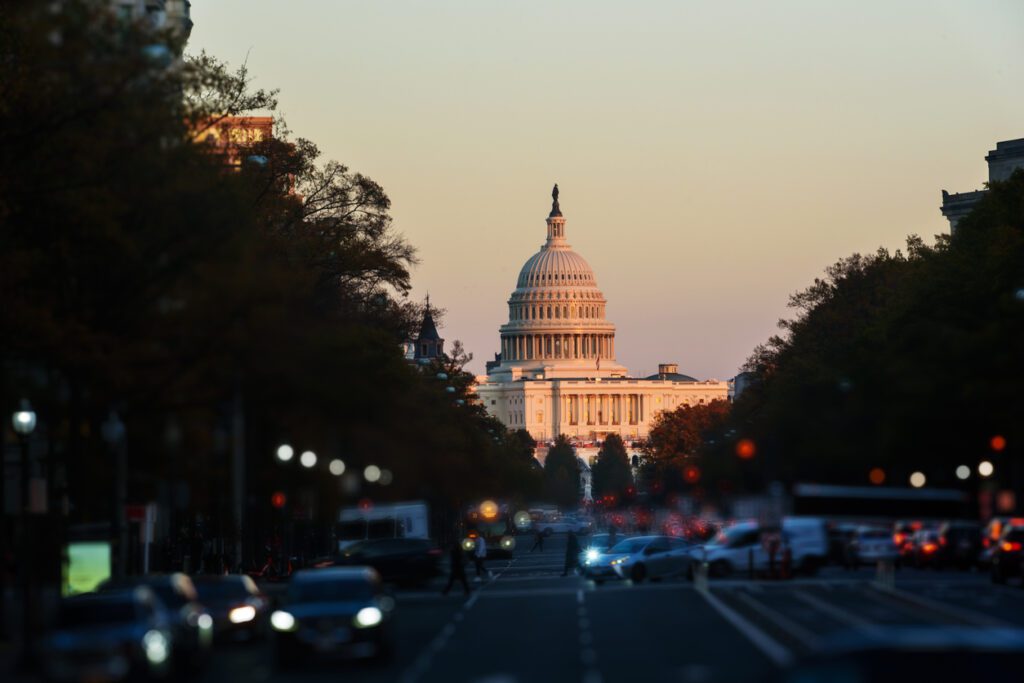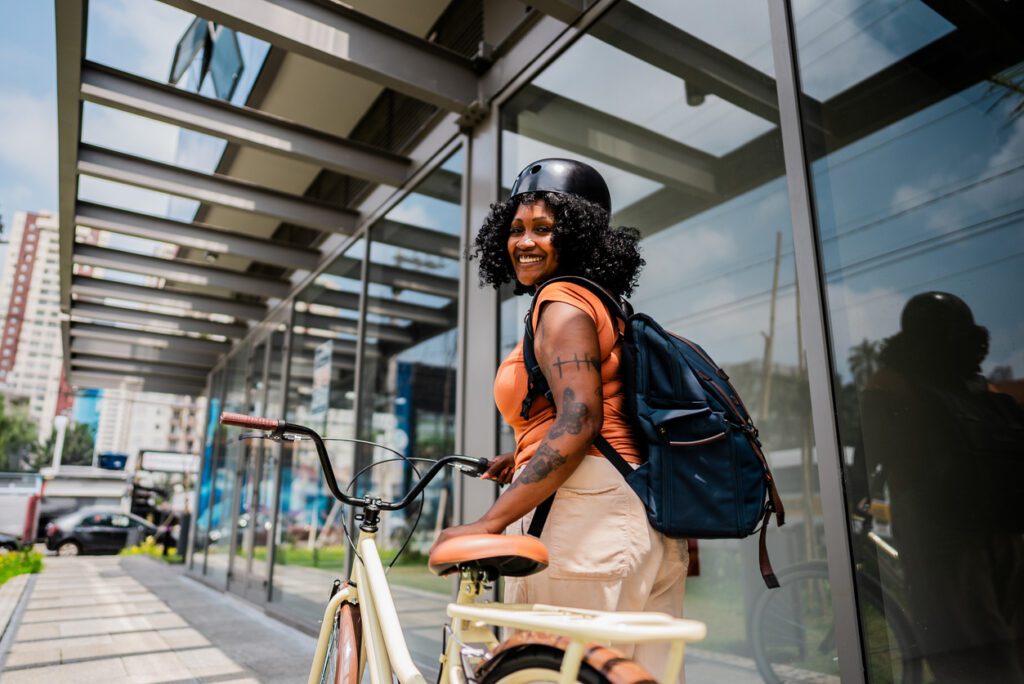Student Loan Refinancing vs Public Service Loan Forgiveness (PSLF)
For millions of student loan borrowers, the idea of paying off your loans years early…
What Student Loan Borrowers Need to Know About the “Big Beautiful Bill”
President Trump’s “One Big Beautiful Bill” (OBBB) is a budget reconciliation bill that changes significant…
Parent PLUS Loans vs. Private Parent Loans
If your child’s federal student loans won’t cover the cost of college, it can be…
How Student Loans Can Be Used
Starting college this fall? You’re probably thinking about how to decorate your side of the…
Top 10 Ways to Pay Off Student Loans Faster
Whether you’re starting college in the fall (congratulations!) or are already in the working world,…
Understanding Federal Student Loan Rates for 2025-2026
The rate on federal loans has a major impact on your repayment, affecting how much…
7 Smart Alternatives to Parent PLUS Loans
As a parent, you naturally want to help your child as much as possible. That…
5 Student Loan Scam Red Flags
As of 2025, nearly 43 million people — one in six adult Americans — have…
Essential School Supplies for College in 2025
College can be such an exciting experience, filled with new opportunities and challenges. That’s why…








